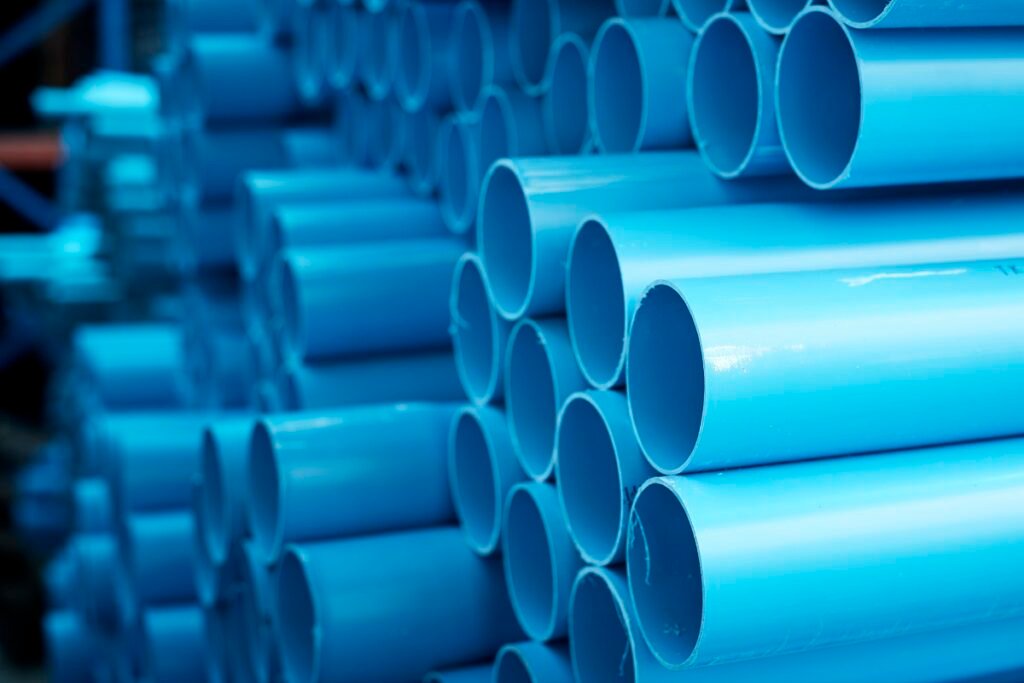When designing any plumbing or drainage system, one of the most overlooked yet critical factors is climate. The environment in which a building is located—whether it’s hot, cold, humid, dry, or somewhere in between—can significantly influence how pipes perform over time. Selecting the wrong type of piping material can lead to leaks, bursts, corrosion, or structural damage. This makes climate-based pipe selection an essential step in modern construction.
Whether you’re a contractor, builder, or homeowner, understanding how climate affects piping decisions helps in avoiding costly repairs and ensures long-term performance.
1. Why Climate Matters in Pipe Selection
Pipes are exposed to a wide range of external and internal temperatures, moisture levels, soil conditions, and UV radiation—all of which can weaken certain materials over time.
Here’s how it matters:
-
Temperature fluctuations cause materials to expand and contract.
-
Moisture and humidity can promote corrosion.
-
Freezing climates increase the risk of pipe bursts.
-
High heat can deform low-quality plastics.
Choosing the right pipe material ensures resilience in harsh conditions, reducing the chances of system failure.
2. Pipe Requirements for Cold Climates
In freezing regions, pipes must be freeze-resistant to avoid cracks or bursts.
Best choices:
-
PEX (Cross-linked Polyethylene): Highly flexible, resists freezing and expansion.
-
CPVC (Chlorinated Polyvinyl Chloride): Withstands lower temperatures better than regular PVC.
-
Insulated uPVC: For cold outdoor installations.
Avoid metal pipes like copper in exposed areas unless properly insulated.
💡 Pro Tip: Use deeper trenching and insulation in buried installations in cold climates.
3. Pipe Requirements for Hot & Arid Climates
Extreme heat can weaken certain plastic pipes and affect water pressure.
Recommended materials:
-
HDPE (High-Density Polyethylene): UV-resistant and holds shape in heat.
-
PPR (Polypropylene Random Copolymer): Great for hot water applications.
-
CPVC: Maintains integrity under high temperatures.
Avoid basic PVC pipes for long sun exposure—they can warp or crack.
🛠️ Brands like Plasco Pipes offer certified high-performance pipe solutions designed for Pakistan’s hot and varying climate.
4. Pipe Considerations in Humid or Coastal Areas
High humidity and salt-laden air in coastal regions accelerate corrosion in metal pipes.
Best options:
-
uPVC (Unplasticized PVC): Corrosion-resistant and ideal for humidity.
-
HDPE: Withstands moisture and salt exposure.
-
Stainless steel (for industrial-grade projects only).
Avoid using galvanized steel or untreated metal pipes in such areas.
5. Climate & Underground Pipe Installations
Soil moisture, temperature, and movement can affect underground pipes.
-
Use flexible materials like HDPE for earthquake-prone or shifting soils.
-
In flood zones, ensure waterproof pipe joints and anti-backflow systems.
-
In dry areas, avoid brittle materials that may crack due to shifting soil pressure.
6. Rainy & Flood-Prone Areas
Heavy rainfall can strain drainage systems. Proper drainage pipe selection becomes critical.
Suggested pipes:
-
Corrugated HDPE: Used for stormwater drainage.
-
Large-diameter PVC or concrete pipes for high-capacity outflows.
-
Double-walled pipes for enhanced durability.
Also, install slope-friendly piping layouts to improve water evacuation.
7. Pipe Color & UV Exposure
Light-colored pipes reflect heat better and are preferable for surface installations in sunny climates.
-
Black pipes (common in HDPE) are UV-stabilized.
-
White or light gray uPVC is best for exposed plumbing.
UV exposure can cause material degradation, especially in low-grade plastics. Using UV-stabilized pipes extends lifespan.
8. Choosing Climate-Specific Pipes: Checklist
-
✅ Know your region’s average temperature range
-
✅ Assess moisture, rainfall, and UV intensity
-
✅ Understand soil movement risks
-
✅ Choose certified pipes from reputed suppliers like Plasco Pipes
-
✅ Always insulate or shield exposed pipes
Final Thoughts
Climate isn’t just a background factor—it plays a central role in pipe performance. Selecting pipes based on local weather conditions ensures your plumbing and drainage systems stay strong and efficient for years to come.
From the heat of interior Sindh to the chilly north of Pakistan, Plasco Pipes offers material-grade solutions engineered to meet all environmental demands. Be sure to consult professionals and use climate-appropriate piping on every construction project.







